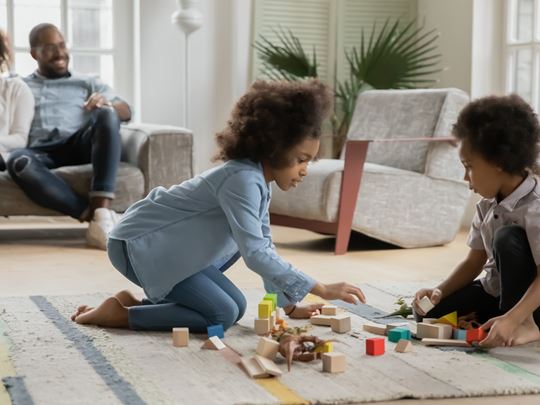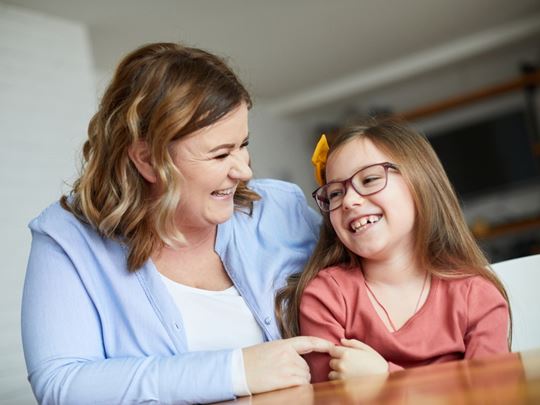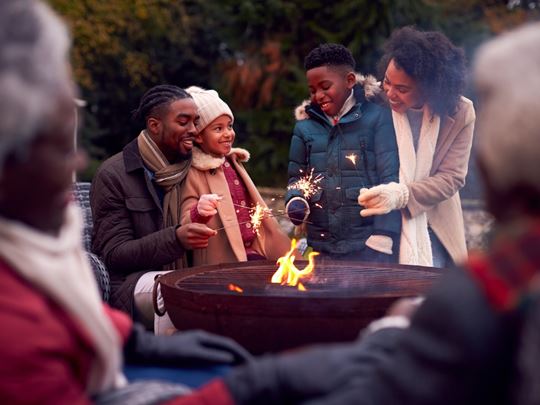
How to make welcoming a child into your home incredibly special
So, you’ve decided to welcome a foster child into your home. This is wonderful and a choice you should feel very excited about. However, the next step starts now – it’s time to prepare your home and your life to make a difference in a child’s life. Every child deserves and needs a safe space to call their own, where they feel unconditional support and love. Luckily, there is a range of ways you can make your home the best space for your foster child.
Below are six tips for welcoming a foster child into your home for the first time. These tips not only provide practical considerations for your house but also emotional considerations.
6 Tips for Welcoming a Foster Child Into Your Family
1. Prepare Their Space
Welcoming a foster child into your home is the same process as welcoming a child – you need to establish a safe space where they feel at home and feel like it is truly theirs. Foster children require a bedroom; it is not appropriate for them to share a bedroom with a child already in the family. That’s why all foster homes need a spare bedroom. You can opt to decorate the space beforehand or wait until the foster child joins the household and decorate together (especially if the fostering is a long-term placement). If the fostering is a short-term placement, having somewhere for the child to place special items will help them feel at home much quicker as they will be able to display them. Your foster child’s bedroom should include a bed, a wardrobe, a desk, and somewhere to put personal items, such as a shelving unit. Remember, the room should be a blank canvas for every child so they can put their own stamp on it. Furthermore, allowing them to choose décor items such as bedding will add an extra layer of personality – you can’t assume that all male foster children will want blue bedding, for example.
2. Create a Welcome Box
In addition to creating their own space, a welcome box provides you with the opportunity to make something unique and special that your foster child will never forget. Your welcome box could include items such as a toothbrush and basic toiletries, but it could also have fun things, such as a cuddly toy, a book, or a game for you to play together as a bonding experience. Ideally, you should know what the child likes and dislikes before joining the household, but a welcome box can be a fun way to give them something special.
So, what should you place into the welcome box? Items to consider are:
- A welcome book to the family detailing who people are (e.g., Sunny the border collie)
- Games
- Soft toy
- Book
- Magazine
- Sweets/chocolate bar
- Writing/drawing papers and crayons
3. Establish Trust
All great relationships are built on trust, and your relationship with your foster child is no different. Trust is the cornerstone of any relationship, so it is crucial you take the time to develop trust together. A stable caregiving presence will build trust, and being consistent with your foster child will teach them that you will be present in their life. If your foster child has experienced a difficult start to life, stability is critical for their well-being.
Remember, building trust is an ongoing process. It requires patience, understanding, empathy and compassion. By prioritising your foster child’s emotional well-being, you will create a long-lasting bond.
4. Provide Emotional Support
Foster children may come from a challenging or traumatic background, so when welcoming a foster child into your home, you need to be on hand to help with any emotional issues. Your foster parent training will provide a great starting point for educating yourself on emotional support, but you should also aim to learn as much as you can about your child’s background. A foster parent needs to recognise any potential trauma responses to enable them to step in and bring peace to the situation as quickly as possible. A trauma response in a foster child may involve difficulties with self-regulation, difficulty forming bonds, and behavioural concerns. Sometimes, this means being patient and understanding. Other times, it may mean seeking additional support from our team.
5. Celebrate Milestones and Progress
Celebrating milestones is special for every child, which is why you should always celebrate any milestone or progress of your foster child. Whether you think the milestone is significant or not, making it memorable can help your foster child feel part of the family. This could be something like their first day at a new school, or it could be their birthday. No occasion is too small for a celebration.
6. Training
You can never know too much, and this is especially true when discussing becoming a foster parent. Only by persisting with training and learning as much as possible can you be prepared to welcome your foster child. Every child is different, and every situation is unique. It’s for this reason that training is crucial, as it enables you to learn how to deal with various situations that may arise at any time. Training enables you to develop critical crisis resolution and problem-solving skills.
Our foster care training is a comprehensive programme of development that every foster parent will undergo. This training includes first aid, equality and diversity, managing complex behaviour, and understanding self-harm.
Welcoming a foster child into your home is an exciting milestone in your and your child’s life. It’s the time to make it memorable and give your foster child the chance to make your home their own. Every step you take to make your home a safe, warm, welcoming place will make the difference to your foster child.





